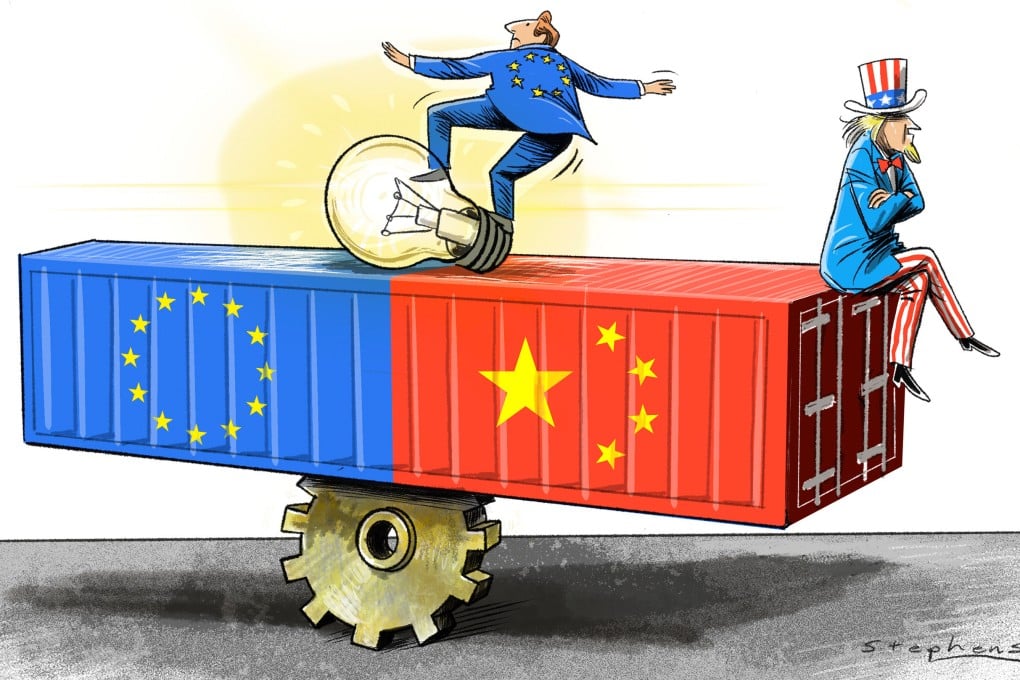Opinion | Hardening US trade stance on China complicates EU’s balancing act
- Punitive US tariffs are driving more Chinese goods into the EU, making its task of safeguarding competition and economic security harder when weighed against the geopolitical realities

There are three important consequences. Firstly, these US measures could be mirrored by others, and this would have a negative impact on the renewable energy sector by restricting competition, reducing choices and driving up the prices of green goods, thereby hindering the global decarbonisation transition.
Thirdly, it underscores a deliberate and heightened divergence in economic and trade relations between the two superpowers, amplifying the likelihood of economic and technological bifurcation.
The punitive US tariff increases are a wake-up call for Europe over China’s trade practices and their potential impact. The more the US closes its market to Chinese products, the more China will need to redirect its massive output to the EU, which remains a top export market.


